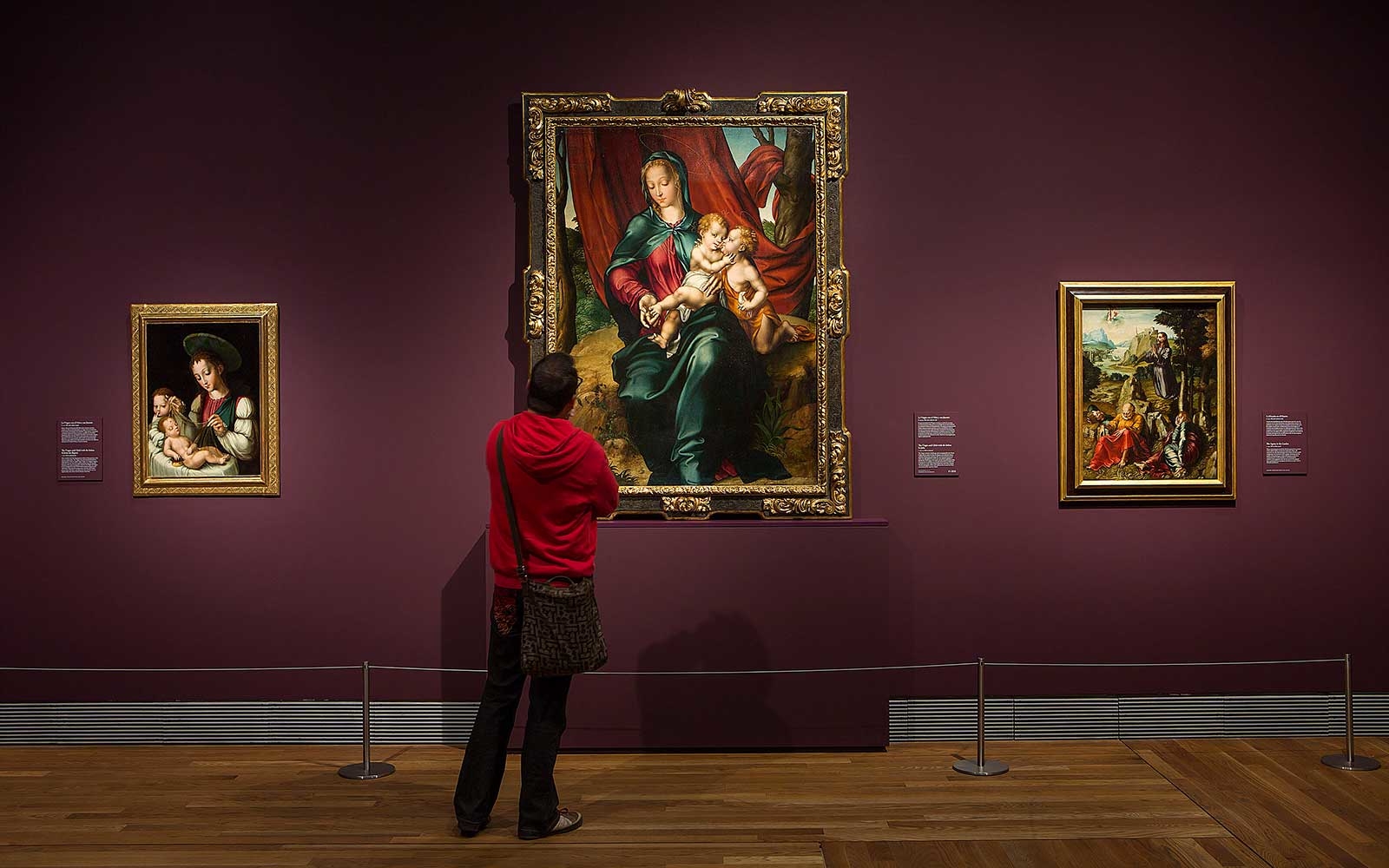
Madrid’s renowned Prado Museum has launched its fall season with “The Divine Morales,” which will be on view through January 10. Don’t feel bad if you don’t recognize the name—the painter Luis de Morales (who died in 1586) spent most of his life in Spain’s wild west province of Extremadura, where he nonetheless managed to assimilate the prevailing “Italianizing” trends in painting.
The “Divine” moniker is due to his predilection for painting sacred subjects. Though as the exhibition points out, his subjects—images of the Madonna and infant Jesus, the lamentation of Christ or scenes from the Passion—had less to do with an abundance of spirituality than a simple question of economics, as those were the images that patrons desired.
With nearly a third of the paintings in the show coming from the Prado’s own collection (with the rest coming from prominent public and private collections across Europe and America), the exhibition offers another revelatory example of the museum’s seemingly infinite capacity to resurrect the work of another worthy but unsung hero of Spanish painting, broadening our understanding of Spanish painting and making it relevant to a new public.
In recent years, the Prado has also made tremendous efforts to make itself relevant to a new public simply by increasing accessibility to the museum and its treasures. Long gone are the days when the museum was shuttered most of the weekend and on all the obscure local holidays.
It is now open seven days a week (10 a.m to 8 p.m., Monday through Saturday, and 10 a.m. to 7 p.m., Sundays and public holidays) with two hours of free access to the permanent collection each afternoon (6 p.m. to 8 p.m,. Monday through Saturday; 5 p.m. to 7 p.m. Sundays and holidays). Tickets ($15 general admission) can be purchased online, so you can skip all the lines and get right to the art.